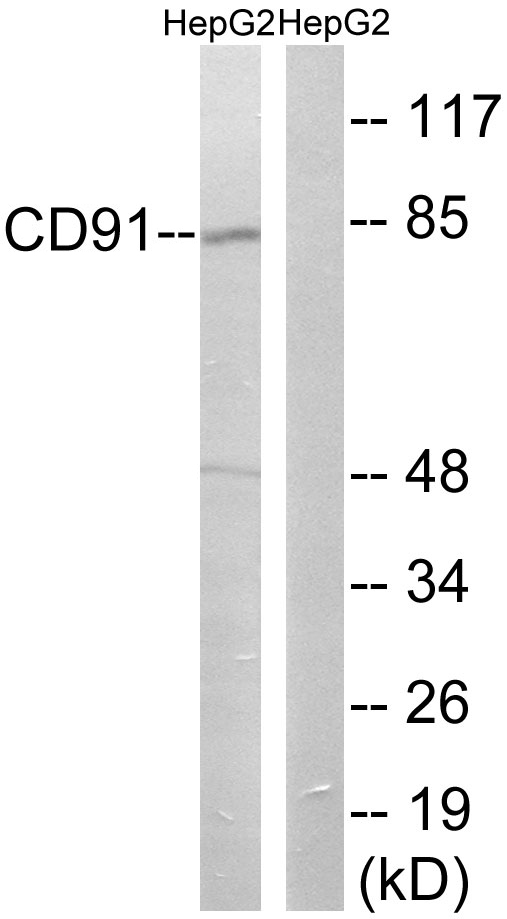LRP1 antibody [A2Mr alpha-2]
GTX75655
ApplicationsFlow Cytometry, ImmunoFluorescence, ImmunoPrecipitation, Western Blot, ELISA, ImmunoCytoChemistry, ImmunoHistoChemistry, ImmunoHistoChemistry Frozen
Product group Antibodies
TargetLRP1
Overview
- SupplierGeneTex
- Product NameLRP1 antibody [A2Mr alpha-2]
- Delivery Days Customer9
- Application Supplier NoteFACS: 1/50-1/100. *Optimal dilutions/concentrations should be determined by the researcher.Not tested in other applications.
- ApplicationsFlow Cytometry, ImmunoFluorescence, ImmunoPrecipitation, Western Blot, ELISA, ImmunoCytoChemistry, ImmunoHistoChemistry, ImmunoHistoChemistry Frozen
- CertificationResearch Use Only
- ClonalityMonoclonal
- Clone IDA2Mr alpha-2
- Concentration1 mg/ml
- ConjugateUnconjugated
- Gene ID4035
- Target nameLRP1
- Target descriptionLDL receptor related protein 1
- Target synonymsA2MR, APOER, APR, CD91, DDH3, IGFBP-3R, IGFBP3R, IGFBP3R1, KPA, LRP, LRP1A, TGFBR5, prolow-density lipoprotein receptor-related protein 1, TbetaR-V/LRP-1/IGFBP-3 receptor, alpha-2-macroglobulin receptor, apolipoprotein E receptor, low density lipoprotein receptor-related protein 1, type V tgf-beta receptor
- HostMouse
- IsotypeIgG1
- Protein IDQ07954
- Protein NameProlow-density lipoprotein receptor-related protein 1
- Scientific DescriptionThis gene encodes a member of the low-density lipoprotein receptor family of proteins. The encoded preproprotein is proteolytically processed by furin to generate 515 kDa and 85 kDa subunits that form the mature receptor (PMID: 8546712). This receptor is involved in several cellular processes, including intracellular signaling, lipid homeostasis, and clearance of apoptotic cells. In addition, the encoded protein is necessary for the alpha 2-macroglobulin-mediated clearance of secreted amyloid precursor protein and beta-amyloid, the main component of amyloid plaques found in Alzheimer patients. Expression of this gene decreases with age and has been found to be lower than controls in brain tissue from Alzheimers disease patients. [provided by RefSeq, Oct 2015]
- Storage Instruction-20°C or -80°C,2°C to 8°C
- UNSPSC12352203





